Microsoft: Windows 7 can't keep up with security needs
Microsoft Germany blasts its own operating system for being 'outdated'

Despite being three years away from the end of its lifecycle, Windows 7 is no longer fit for business use, according to Microsoft Germany.
The company's German division yesterday said Windows 7, which will receive regular security updates until 2020, lacks the security needed to deal with modern threats.
Basic support for Windows 7 ended two years ago, and since then the operating system has suffered from higher operating costs and downtime due to malware attacks, and a general lack of support for newer hardware peripherals, according to the blog post.
"Even today, (Windows 7) fails to meet the needs of modern technology and the high standards of security required by IT departments.," said Markus Nitschke, head of Windows at Microsoft Deutschland, quoted in the post (translated by IT Pro).
Support for the Windows 7 platform is due to end in January 2020, at which point customers still using the OS will no longer receive security updates or technical support from Microsoft. But Monday's blog post argues that companies not planning a transition away from Windows 7 within three years face "enormous dangers".
"As we saw with Windows XP, companies should start making the switch early to avoid risks and costs later on," Nitschke added.
While Microsoft counts 400 million devices running Windows 10, its newest operating system, as of December 2016, Windows 7's user base was still double that of Windows 10, with 7 running on 48.34% of desktop and laptop devices and 10 running on 24.36%, according to NetMarketShare.
Sign up today and you will receive a free copy of our Future Focus 2025 report - the leading guidance on AI, cybersecurity and other IT challenges as per 700+ senior executives
Yesterday's blog post refers to services such as Cortana and Windows Ink, both new features with Windows 10. The post does not mention the extra layers of security businesses might employ to increase overall protection.
But the fact remains that Windows 7 is now an outdated operating system, and as with any older platforms, users are likely to encounter compatibility issues. The blog post points out that "Windows 10 is the only version of Windows that offers support for the latest chips from Intel, AMD and Qualcomm".
Windows 7, released in 2009, was "developed for the wireless world of the late 2000s", but Microsoft said the platform is built on outdated security architectures and, since basic support ended, it hasn't been upgraded with any new features.
In contrast, users on Windows 10 can take advantage of improved security through Windows Defender Advanced Threat Protection, and Microsoft has boasted that the latest Anniversary Update was able to stamp out exploits before they were specifically patched.
IT Pro has contacted Microsoft to ascertain if the blog post's view is shared by Microsoft's UK division, but had not received a reply at the time of publication.
Dale Walker is a contributor specializing in cybersecurity, data protection, and IT regulations. He was the former managing editor at ITPro, as well as its sibling sites CloudPro and ChannelPro. He spent a number of years reporting for ITPro from numerous domestic and international events, including IBM, Red Hat, Google, and has been a regular reporter for Microsoft's various yearly showcases, including Ignite.
-
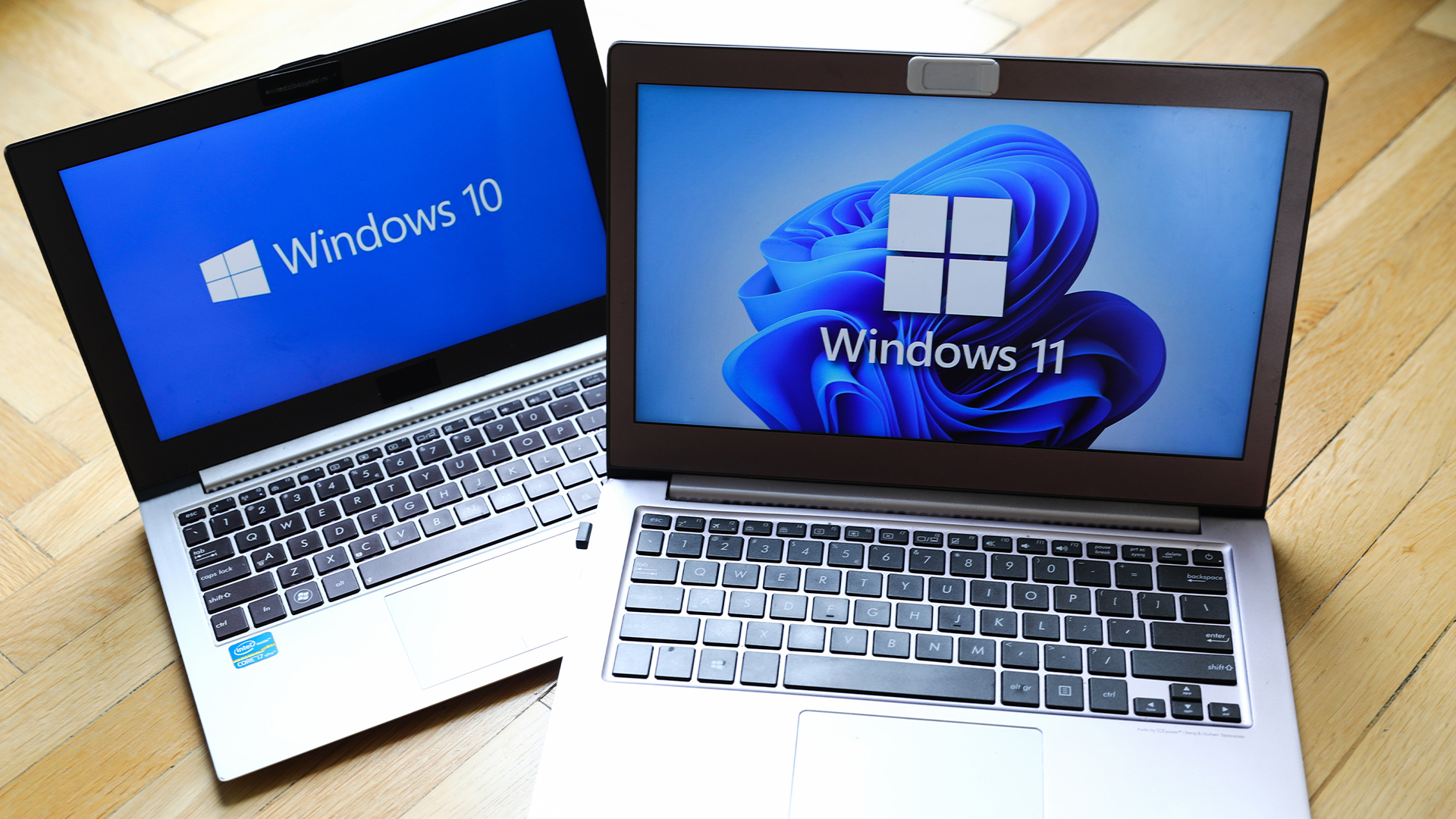 Windows 10 end of life could create a major e-waste problem
Windows 10 end of life could create a major e-waste problemNews The study marks the latest Windows 10 end of life e-waste warning
-
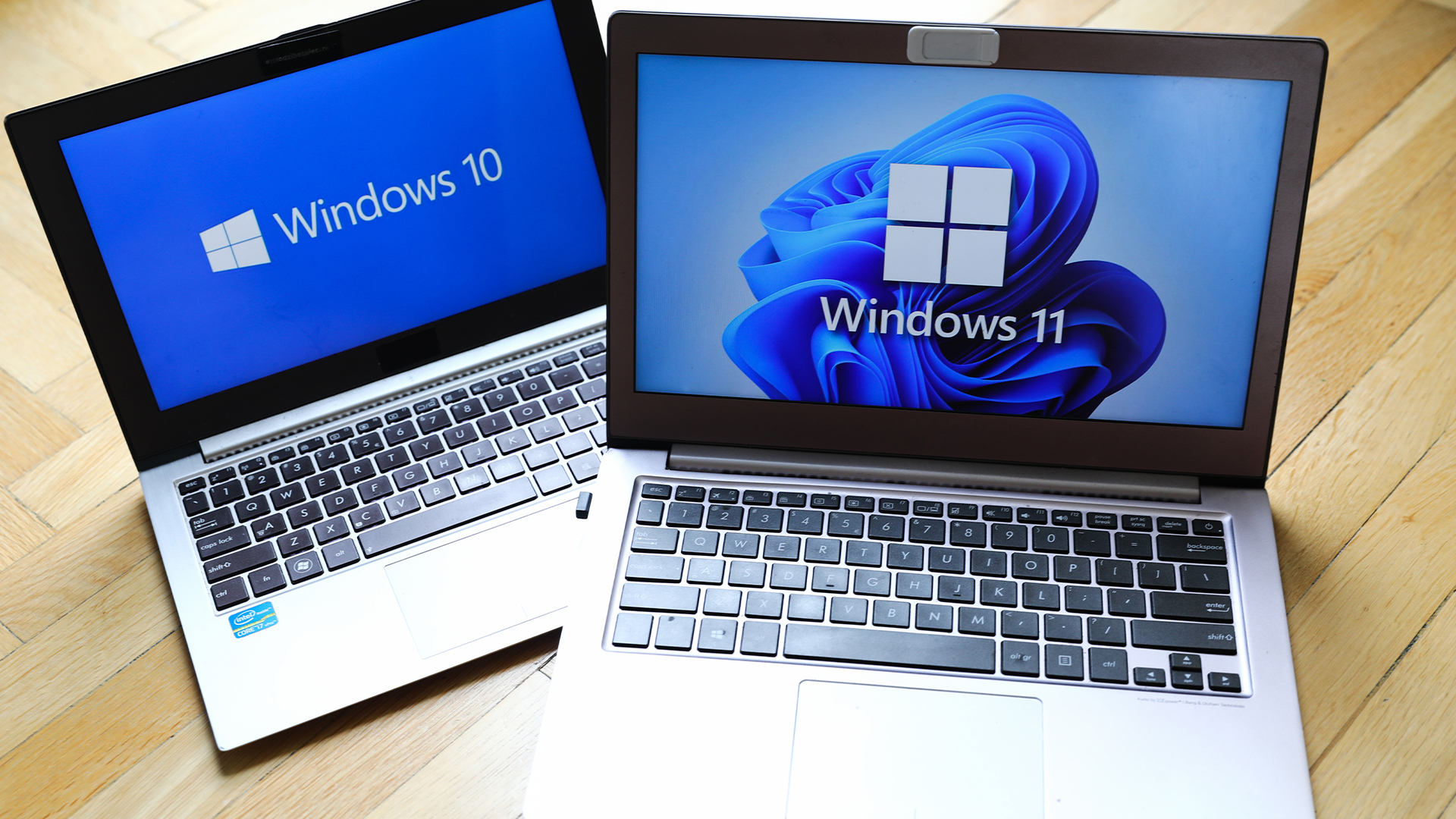 Windows 10 extended support costs could top $7 billion
Windows 10 extended support costs could top $7 billionNews Enterprises sticking with Windows 10 after the October deadline face huge costs
-
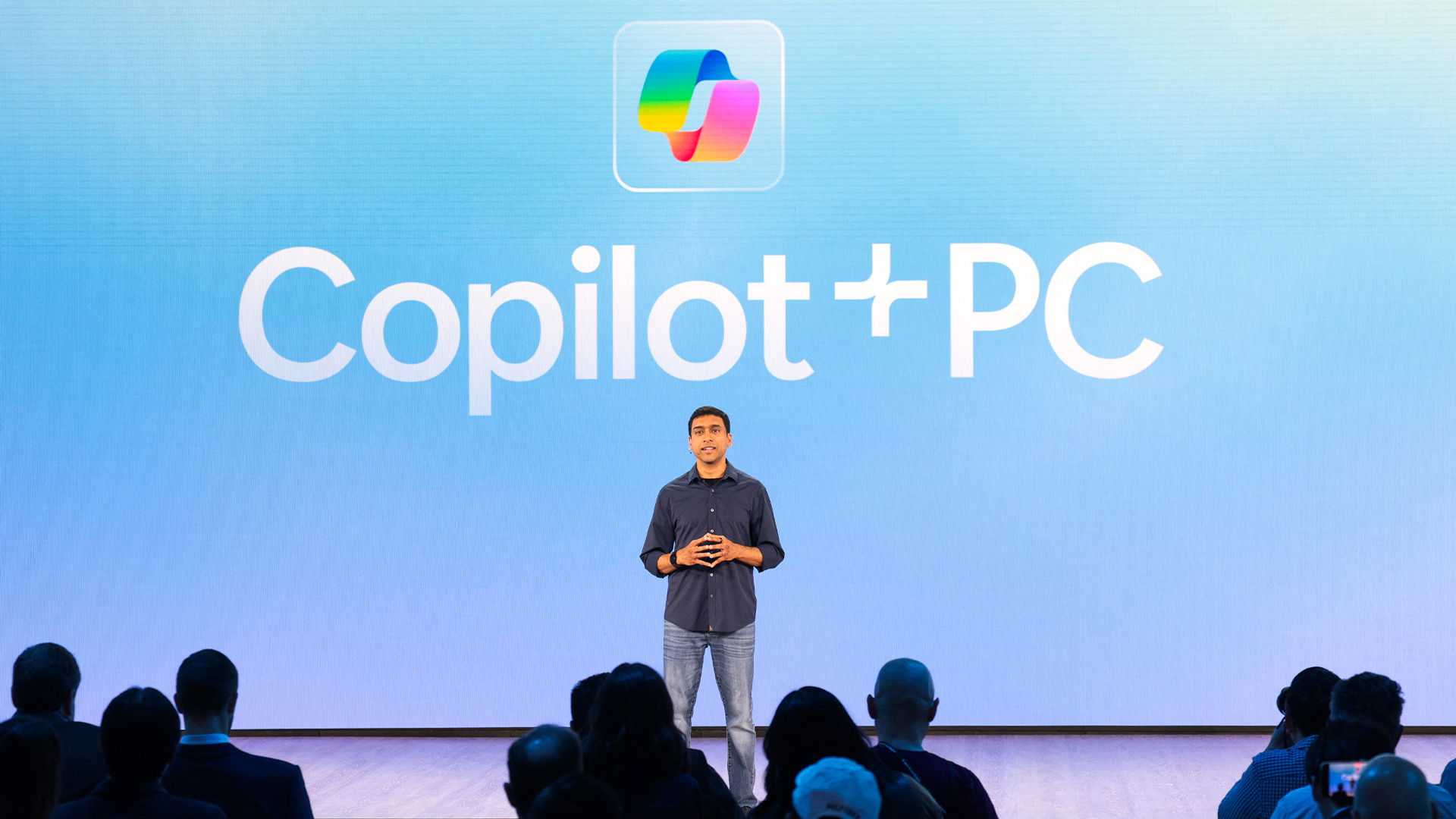 A senior Microsoft exec says future Windows versions will offer more interactive, ‘multimodal’ experiences
A senior Microsoft exec says future Windows versions will offer more interactive, ‘multimodal’ experiencesNews With speculation over a Windows 12 reveal mounting, a senior company figure claims the new operating system will mark a step change for users
-
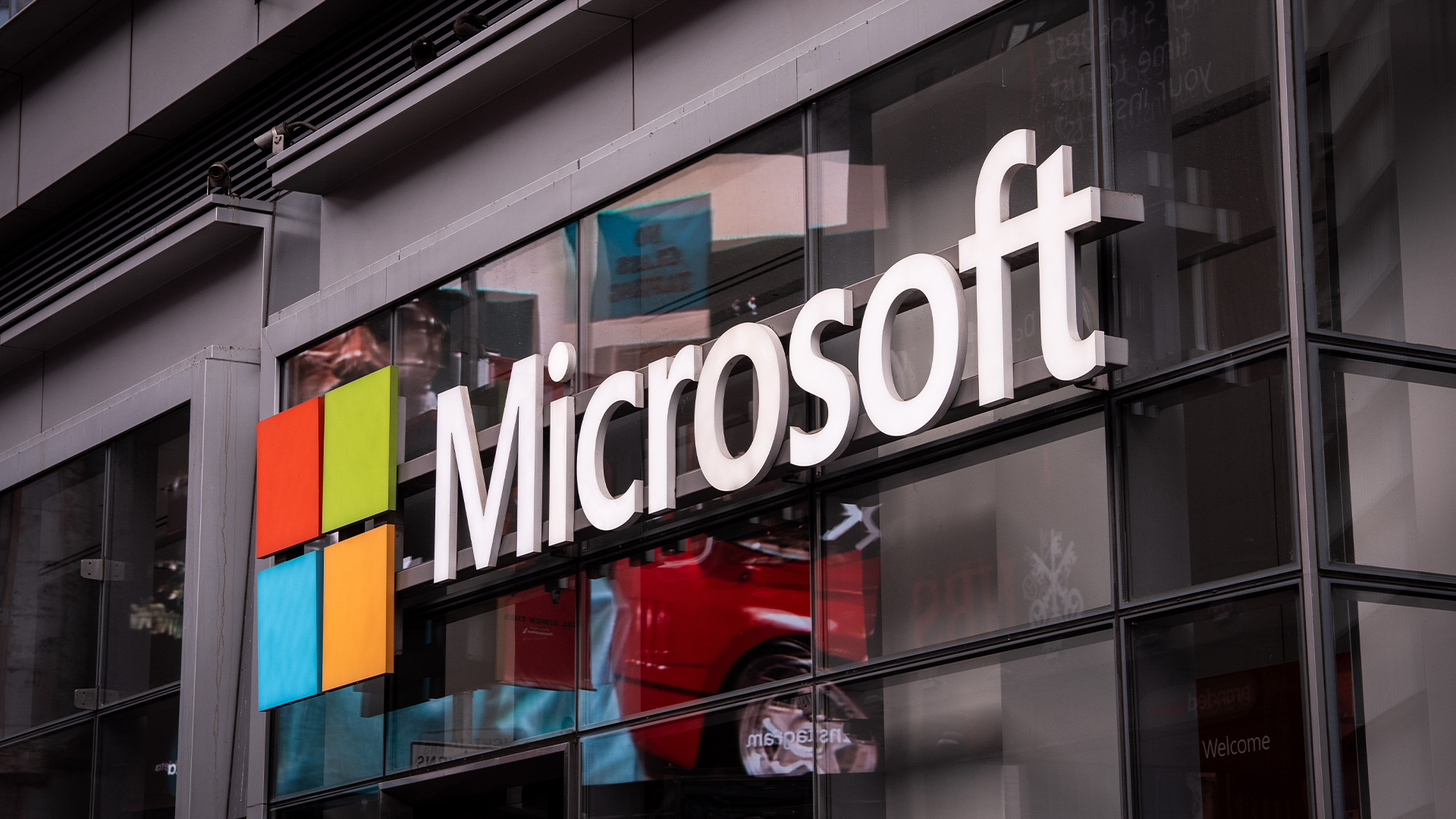 Microsoft’s botched August updates wiped SSDs, now it’s breaking PC resets and recoveries on Windows
Microsoft’s botched August updates wiped SSDs, now it’s breaking PC resets and recoveries on WindowsNews An out-of-band patch has been issued by Microsoft to fix a flaw introduced by its August update
-
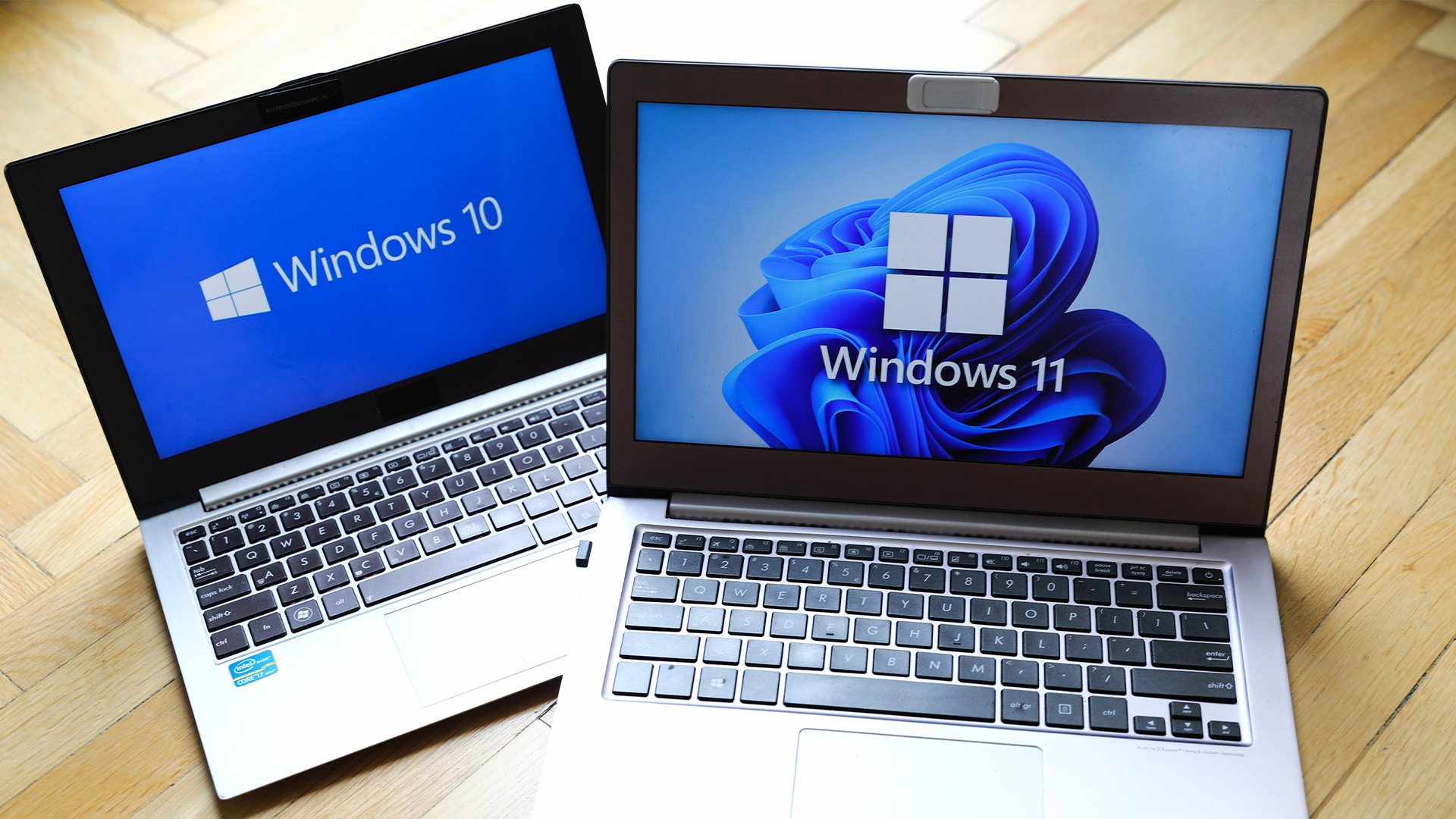 The NCSC just urged enterprises to ditch Windows 10 – here’s what you need to know
The NCSC just urged enterprises to ditch Windows 10 – here’s what you need to knowNews The UK cyber agency says those that haven’t migrated to Windows 11 should do so immediately
-
 Windows 11 finally overtakes Windows 10 in popularity – but what’s driving this surge?
Windows 11 finally overtakes Windows 10 in popularity – but what’s driving this surge?News It’s been a long time coming, but Windows 11 is finally Microsoft’s most popular operating system
-
 Dragging your feet on Windows 11 migration? Rising infostealer threats might change that
Dragging your feet on Windows 11 migration? Rising infostealer threats might change thatNews With the clock ticking down to the Windows 10 end of life deadline in October, organizations are dragging their feet on Windows 11 migration – and leaving their devices vulnerable as a result.
-
 Recall arrives for Intel and AMD devices after months of controversy
Recall arrives for Intel and AMD devices after months of controversyNews Microsoft's Recall feature is now available in preview for customers using AMD and Intel devices.

